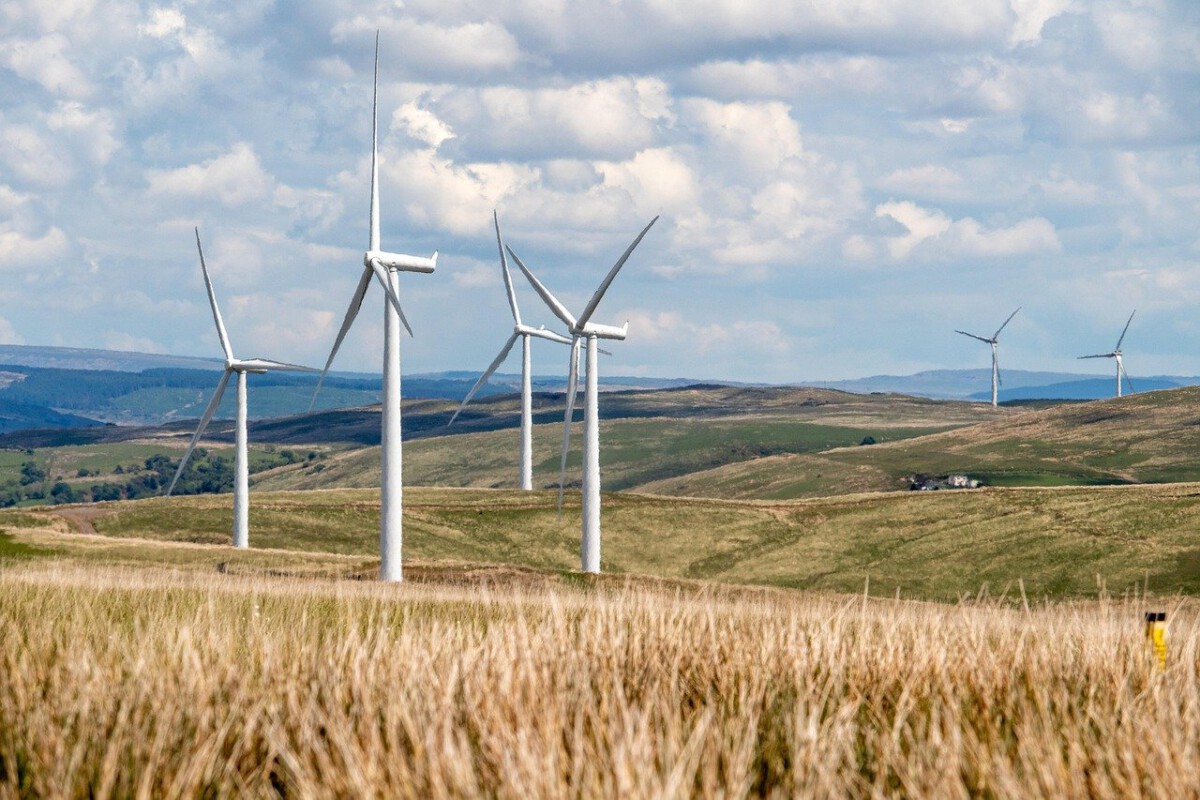Costa Rica: A Leader in Biodiversity Conservation

Costa Rica has emerged as a global beacon for environmental stewardship, with approximately 60% of its land area now covered by forests—a remarkable recovery from the 1980s when forest cover had dwindled to around 40%. ([theglobaleconomy.com](https://www.theglobaleconomy.com/Costa-Rica/forest_area/?utm_source=openai)) This resurgence is largely attributed to the nation’s innovative Payment for Environmental Services (PES) program, initiated in 1996, which compensates landowners for preserving and restoring forests. ([worldbank.org](https://www.worldbank.org/en/news/feature/2022/11/16/costa-rica-s-forest-conservation-pays-off?utm_source=openai)) By 2022, the PES program had facilitated the planting of over 5.4 million trees, significantly contributing to carbon sequestration efforts. ([en.wikipedia.org](https://en.wikipedia.org/wiki/Conservation_in_Costa_Rica?utm_source=openai)) Additionally, Costa Rica’s commitment to renewable energy is evident, with over 99% of its electricity generated from renewable sources, including hydropower, wind, and geothermal energy. ([en.wikipedia.org](https://en.wikipedia.org/wiki/Conservation_in_Costa_Rica?utm_source=openai)) However, the nation faces challenges such as illegal deforestation and the pressures of mass tourism, which threaten its conservation achievements. ([elpais.com](https://elpais.com/america-futura/2025-01-12/al-turismo-sostenible-en-costa-rica-modelo-de-la-region-lo-amenaza-la-masificacion.html?utm_source=openai))
Sweden: Pioneering Sustainable Practices

Sweden stands out for its proactive approach to environmental sustainability, aiming for net-zero carbon emissions by 2045. ([iea.org](https://www.iea.org/countries/sweden?utm_source=openai)) The country has invested heavily in renewable energy, with wind power capacity reaching 16.4 GW by the end of 2023, accounting for 20.9% of national electricity generation. ([en.wikipedia.org](https://en.wikipedia.org/wiki/Wind_power_in_Sweden?utm_source=openai)) Sweden’s carbon tax, one of the highest globally, has been instrumental in reducing emissions, contributing to a 70% decrease in emissions from electricity and heating over the past three decades. ([dw.com](https://www.dw.com/en/lessons-from-climate-hero-sweden-renewable-energy-heating-systems-climate-incentives/a-69766330?utm_source=openai)) Despite these efforts, recent policy changes, such as reduced biofuel mixing requirements and tax cuts on fossil fuels, have raised concerns about meeting future climate targets. ([reuters.com](https://www.reuters.com/business/environment/sweden-will-miss-its-climate-goals-without-policy-changes-environment-agency-2024-04-12/?utm_source=openai))
New Zealand: Balancing Conservation and Development

New Zealand is renowned for its unique ecosystems and proactive conservation policies. The government has committed to protecting 30% of its land and marine environments by 2030. In 2024, New Zealand announced a $1 billion investment in biodiversity initiatives aimed at combating invasive species and restoring native habitats. The country has also established a network of marine reserves, leading to a significant increase in fish populations in protected areas. Recent studies indicate that these efforts have resulted in a 20% increase in native bird populations since 2015, highlighting the effectiveness of New Zealand’s conservation strategies.
Bhutan: The World’s Only Carbon-Negative Country

Bhutan stands out as the only carbon-negative country globally, absorbing more carbon dioxide than it emits. The nation’s commitment to preserving its natural environment is enshrined in its constitution, which mandates that at least 60% of its land remain forested. As of 2024, Bhutan has achieved approximately 72% forest cover, contributing to its rich biodiversity. The government actively promotes sustainable agriculture and renewable energy, with 99% of its electricity generated from hydropower. Bhutan’s unique approach to development, which prioritizes Gross National Happiness over GDP, has garnered international attention and admiration.
Norway: A Model for Sustainable Fisheries

Norway is a leader in sustainable fisheries management, with strict regulations that ensure the long-term viability of fish stocks. The country has implemented a quota system that has led to a 30% increase in cod populations since 2015. In 2024, Norway announced plans to invest $200 million in marine conservation projects, focusing on protecting vulnerable species and habitats. Additionally, Norway is a strong advocate for global climate action, pledging to reduce emissions by 55% by 2030. The government’s commitment to preserving its pristine natural landscapes is evident in its extensive network of national parks and protected areas.
Canada: Championing Indigenous-Led Conservation

Canada has made significant strides in conservation, particularly through partnerships with Indigenous communities. As of 2024, Canada has protected over 13% of its terrestrial areas and 10% of its marine areas, with a goal of reaching 25% by 2025. Indigenous-led initiatives, such as the creation of the Thaidene Nene National Park, have been instrumental in preserving biodiversity and traditional ecological knowledge. Recent reports indicate that these collaborative efforts have resulted in a 15% increase in wildlife populations in protected areas. Canada’s commitment to conservation is further reflected in its investments in clean technology and renewable energy.
Brazil: Deforestation Crisis in the Amazon

Brazil is currently facing a critical environmental crisis, particularly in the Amazon rainforest, which has seen alarming rates of deforestation. In 2023, satellite data revealed that deforestation rates increased by 22% compared to the previous year, driven by illegal logging and agricultural expansion. The Brazilian government’s policies have been criticized for undermining environmental protections, leading to widespread habitat loss. Recent studies indicate that the loss of biodiversity in the Amazon could have catastrophic effects on global climate patterns. The international community is calling for urgent action to address this crisis and protect one of the planet’s most vital ecosystems.
Australia: Biodiversity Loss and Climate Challenges

Australia is grappling with significant biodiversity loss, with recent reports indicating that over 1,800 species are currently threatened with extinction. The country’s unique ecosystems are under threat from climate change, habitat destruction, and invasive species. In 2024, Australia announced a $100 million investment in conservation efforts, focusing on protecting endangered species and restoring habitats. However, critics argue that these measures are insufficient given the scale of the crisis. The ongoing bushfires and extreme weather events have further exacerbated the challenges facing Australia’s natural environment, highlighting the urgent need for comprehensive climate action.
China: Environmental Policies Under Scrutiny

China, while making strides in renewable energy, faces criticism for its environmental policies and pollution levels. Recent data shows that China remains the world’s largest emitter of carbon dioxide, accounting for approximately 28% of global emissions in 2024. Despite ambitious goals to achieve carbon neutrality by 2060, the country’s rapid industrialization continues to pose significant challenges. The government has implemented various initiatives to combat air pollution and promote green technology, but enforcement remains inconsistent. As China navigates its path towards sustainability, the balance between economic growth and environmental protection remains a critical concern.







